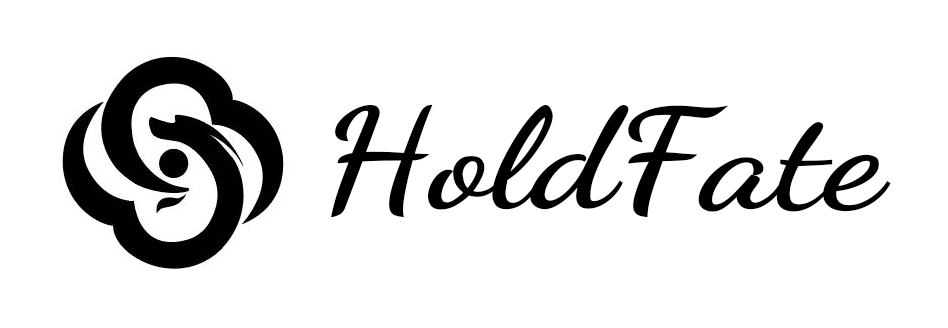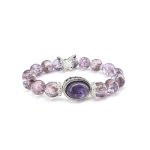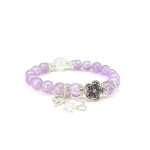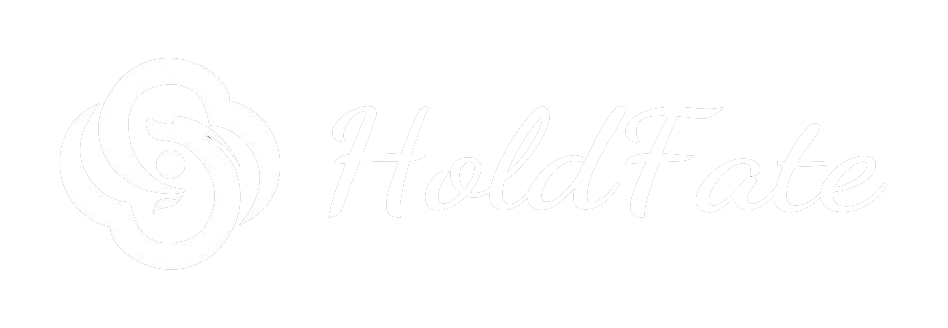Subtotal: $209.98
How do ancient symbols inspire modern design?
Ever wondered why that elegant logo on your favorite coffee cup feels so balanced? Chances are, it might be whispering secrets from ancient symbols like the Bagua. Modern designers are increasingly turning to these primordial patterns, not just for their aesthetic appeal, but for something deeper—a coded language of harmony that’s survived millennia. Just last week, I stumbled upon a tech startup’s branding that cleverly incorporated the yin-yang concept into their loading animation, proving these symbols aren’t relics but living design tools.
The timeless geometry of meaning
What makes the Bagua’s three-line combinations so endlessly fascinating to designers? It’s their mathematical purity meeting philosophical depth. Like how the “Qian” (乾) trigram’s three unbroken lines represent heaven’s relentless creativity, luxury brands often use similar triangular motifs to subliminally communicate aspiration. Apple’s minimalist design ethos? It echoes the Bagua’s elegance-in-simplicity principle where fewer elements carry more meaning. When Starbucks redesigned their siren logo in 2011, the circular containment—reminiscent of the Taijitu—wasn’t accidental; it created subconscious familiarity through ancient symbolic resonance.
From divination to UI design
Here’s something most design textbooks won’t tell you: the “Manifested Bagua” sequence influences modern interface layouts more than we realize. The positioning of elements in King Wen’s arrangement—Fire (Li) above Water (Kan)—mirrors how contemporary apps place interactive elements (fire-like “hot” buttons) above content streams (water-like scrolling). Instagram’s interface? It’s practically a digital manifestation of Fire-over-Water, with the engagement buttons perfectly positioned where ancient geomancers would approve. UX designers at Google have quietly acknowledged studying Bagua principles for spatial balance in Material Design.
Perhaps the most stunning modern adaptation is in parametric architecture. Zaha Hadid Architects’ Morpheus Hotel in Macau uses Bagua-inspired algorithms to generate its exoskeleton—where the 8 trigrams become mathematical variables informing structural patterns. The result? A building that feels cosmically “right” because its proportions follow the same natural ratios ancient Chinese observed in celestial movements. As one designer friend joked, “We’re just rediscovering what Fuxi figured out with sticks in the dirt 5,000 years ago.”
The neuroscience of recognition
Recent studies from Kyoto University reveal why these symbols work so well in design—our brains process archetypal patterns like the Bagua 40% faster than novel shapes. The trigrams’ binary nature (broken/unbroken lines) activates the same neural pathways that help us instantly recognize facial expressions. That’s why Allen Davis’ award-winning “Trigram Tapestry” installation stops viewers in their tracks—it uses the 64 hexagram combinations as a visual rhythm our cognition is hardwired to appreciate. Ancient symbols don’t just inspire design; they speak to something primal in our neurobiology.
This isn’t about cultural appropriation—it’s about tapping into collective visual consciousness. Like how designers at BMW’s China studio reinterpret the “Kun” (坤) trigram’s earth energy through tactile interior materials, or how Pixar’s “Turning Red” used Bagua color symbolism for emotional cues. The most successful applications—like the Beijing 2022 Olympic medals embedding the jade bi with Bagua motifs—honor the symbols’ origins while letting them evolve. After all, isn’t that what the I Ching teaches? Constant change within enduring patterns.





 Please wait…
Please wait…